Image 0 of 10










Troubles with the F-35, plans for killer robot ships and a lack of indoor toilets: Here are the top stories from the year. (And click here to see what made the 2018 list!)
RELATED
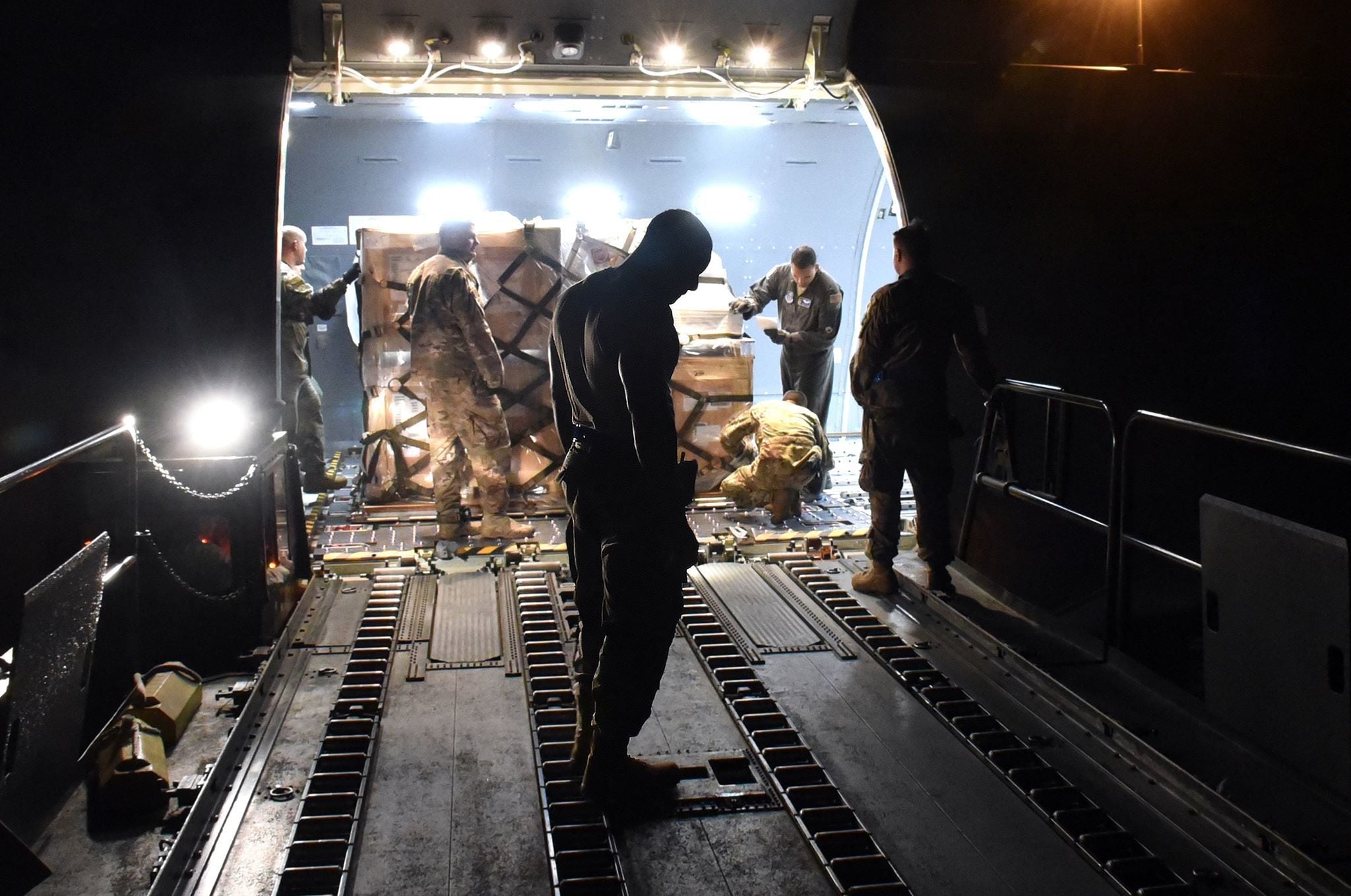
US Air Force restricts KC-46 from carrying cargo and passengers
The KC-46 has added another critical deficiency to the list, and it's the most serious problem yet.
By Valerie Insinna
RELATED
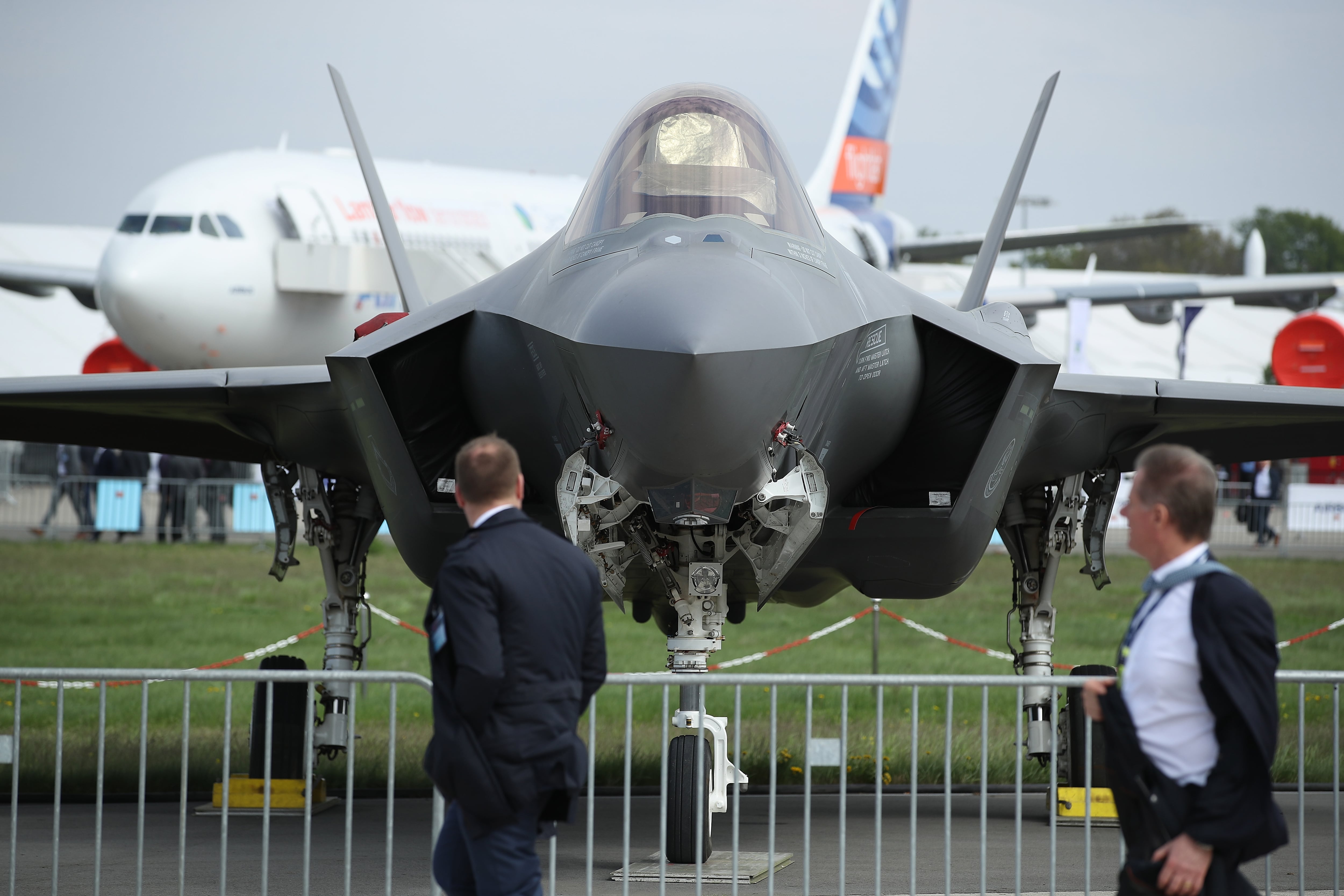
Stealthy no more? A German radar vendor says it tracked the F-35 jet in 2018 — from a pony farm
In the illustrious history of the F-35 fighter jet, add a pony farm outside Berlin as the place where radar-maker Hensoldt claims the plane’s stealth cover was blown.
RELATED
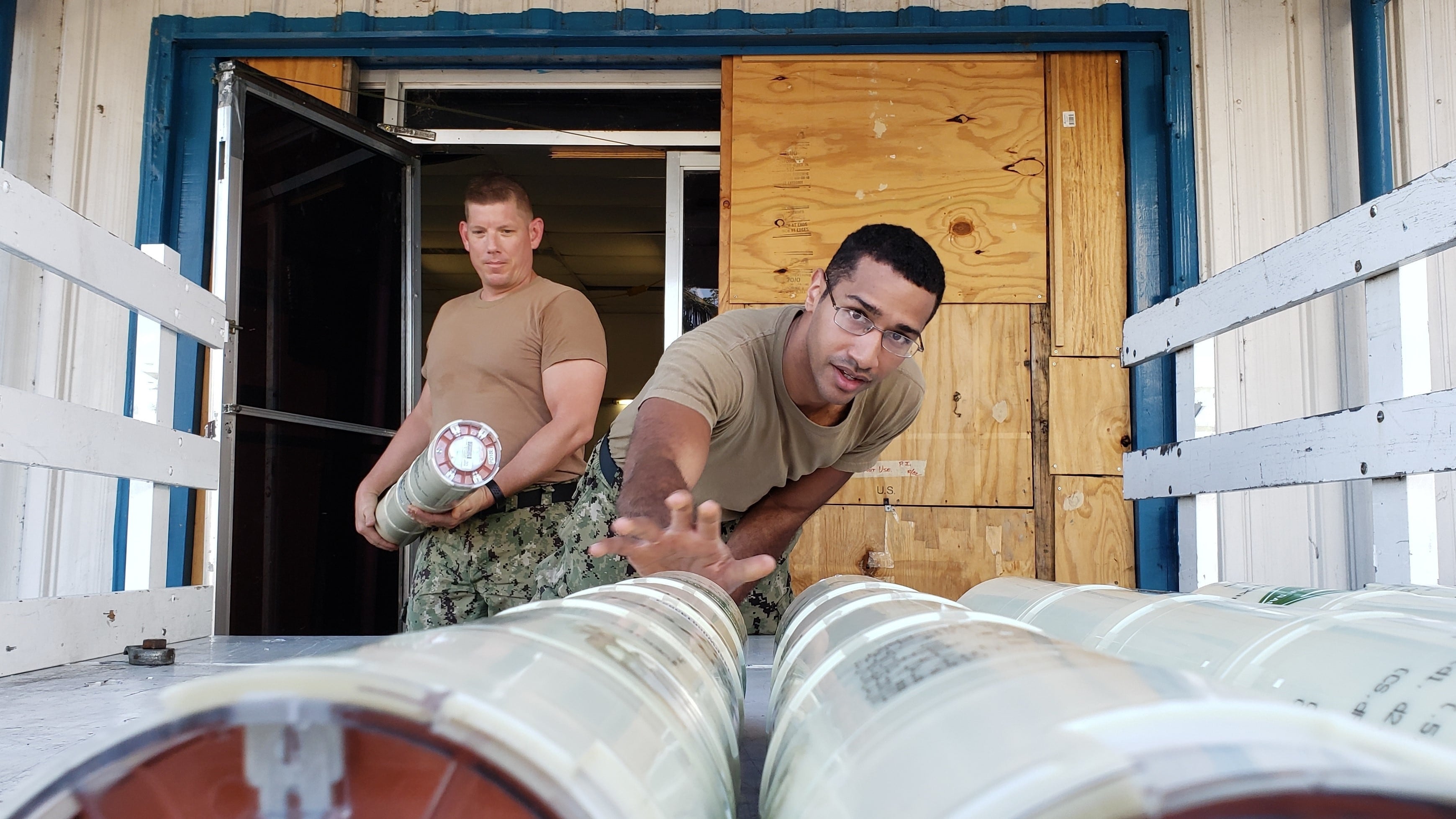
US could lose a key weapon for tracking Chinese and Russian subs
With the one supplier disappearing, Pentagon is preparing to spend cash to find alternatives for sonobuoy production. But the clock has started to run.
RELATED
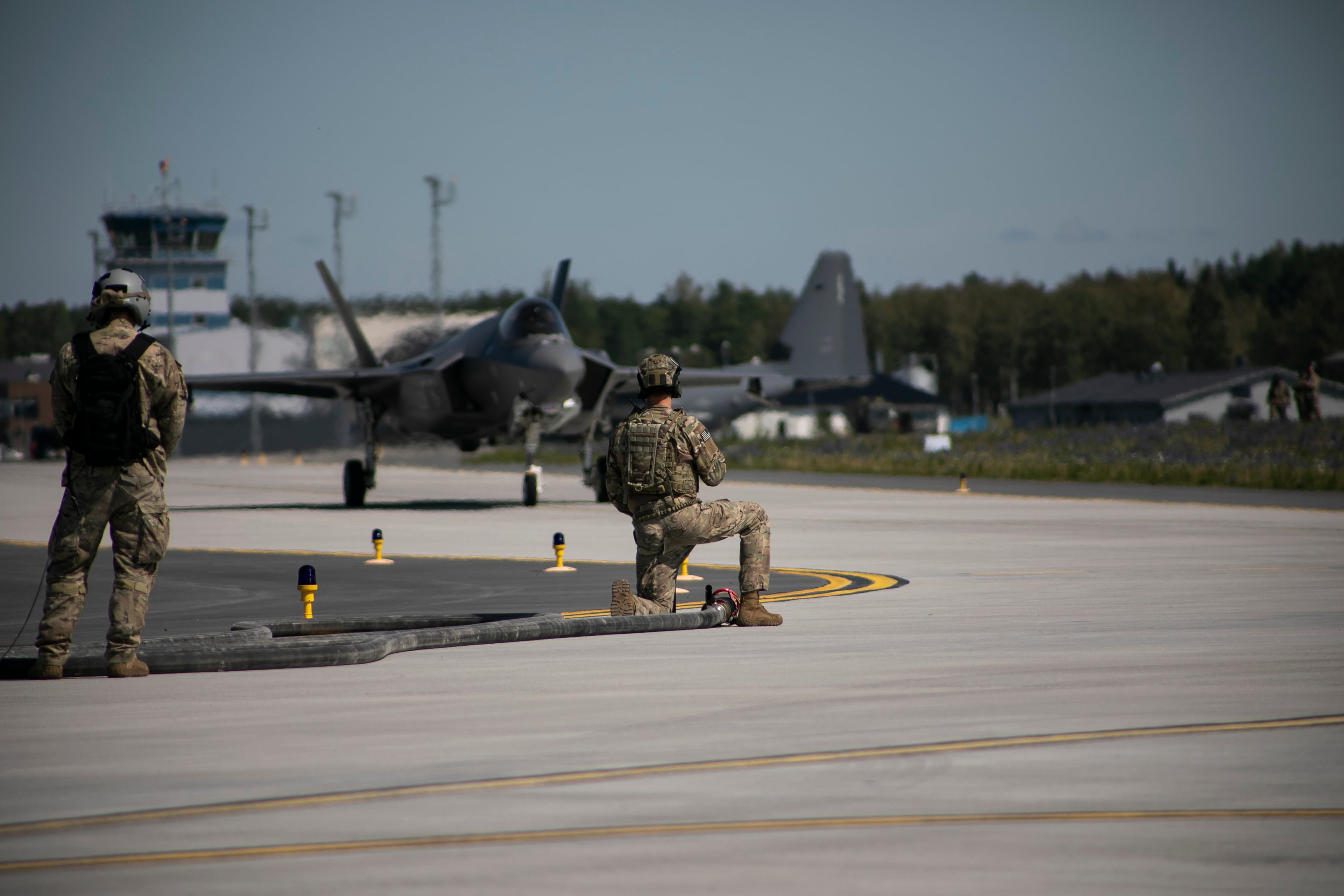
Denied hot meals and indoor toilets, US airmen prepare for the fog of war
The U.S. Air Force is embracing the suck as it considers how it might fight in a war against near-peer adversaries.
By Valerie Insinna
RELATED
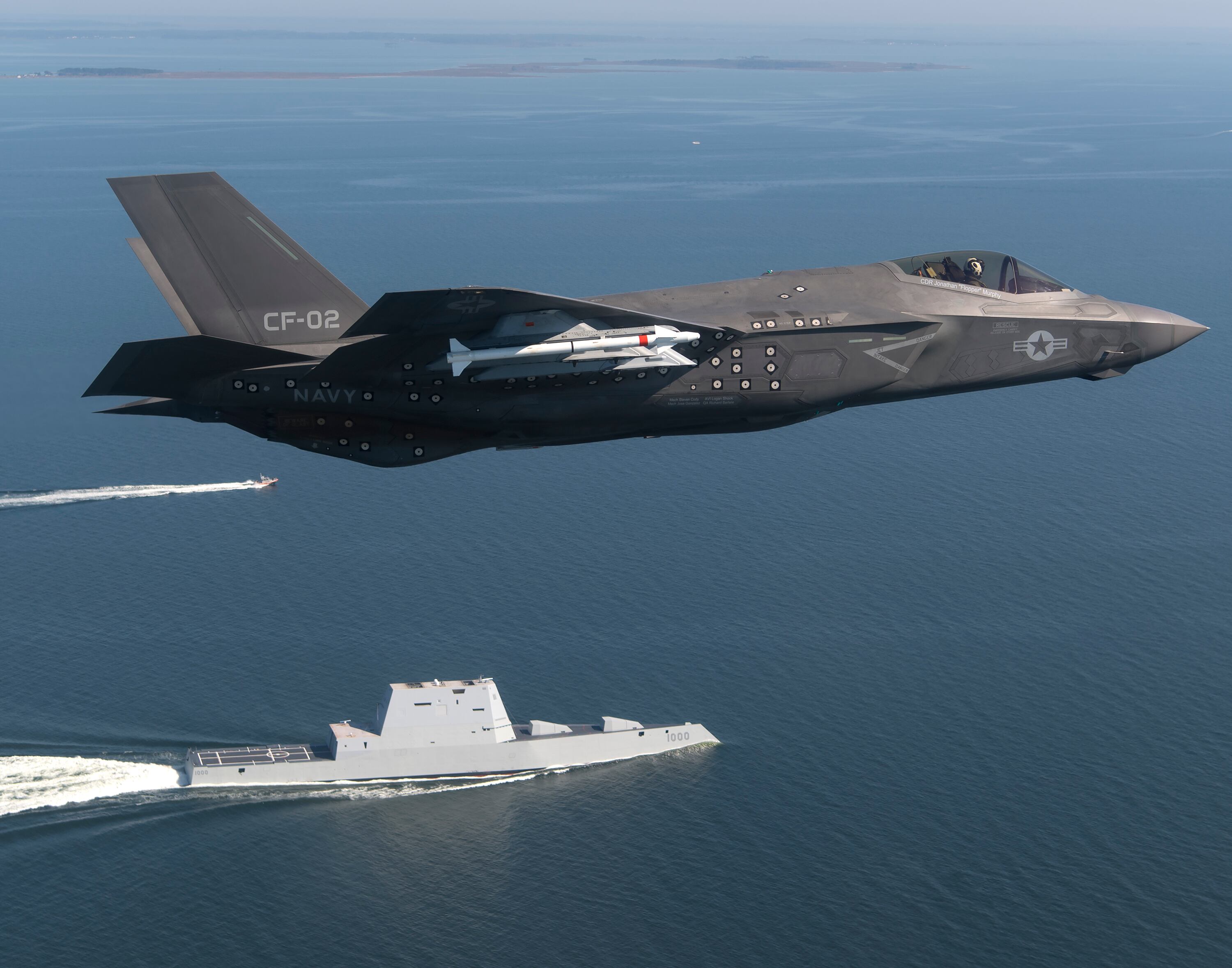
Supersonic speeds could cause big problems for the F-35′s stealth coating
Supersonic flight at the edge of the F-35 jet's flight envelope could cause structural damage or degrade its stealth coating, warn documents exclusively obtained by Defense News.
By Valerie Insinna and David B. Larter
RELATED
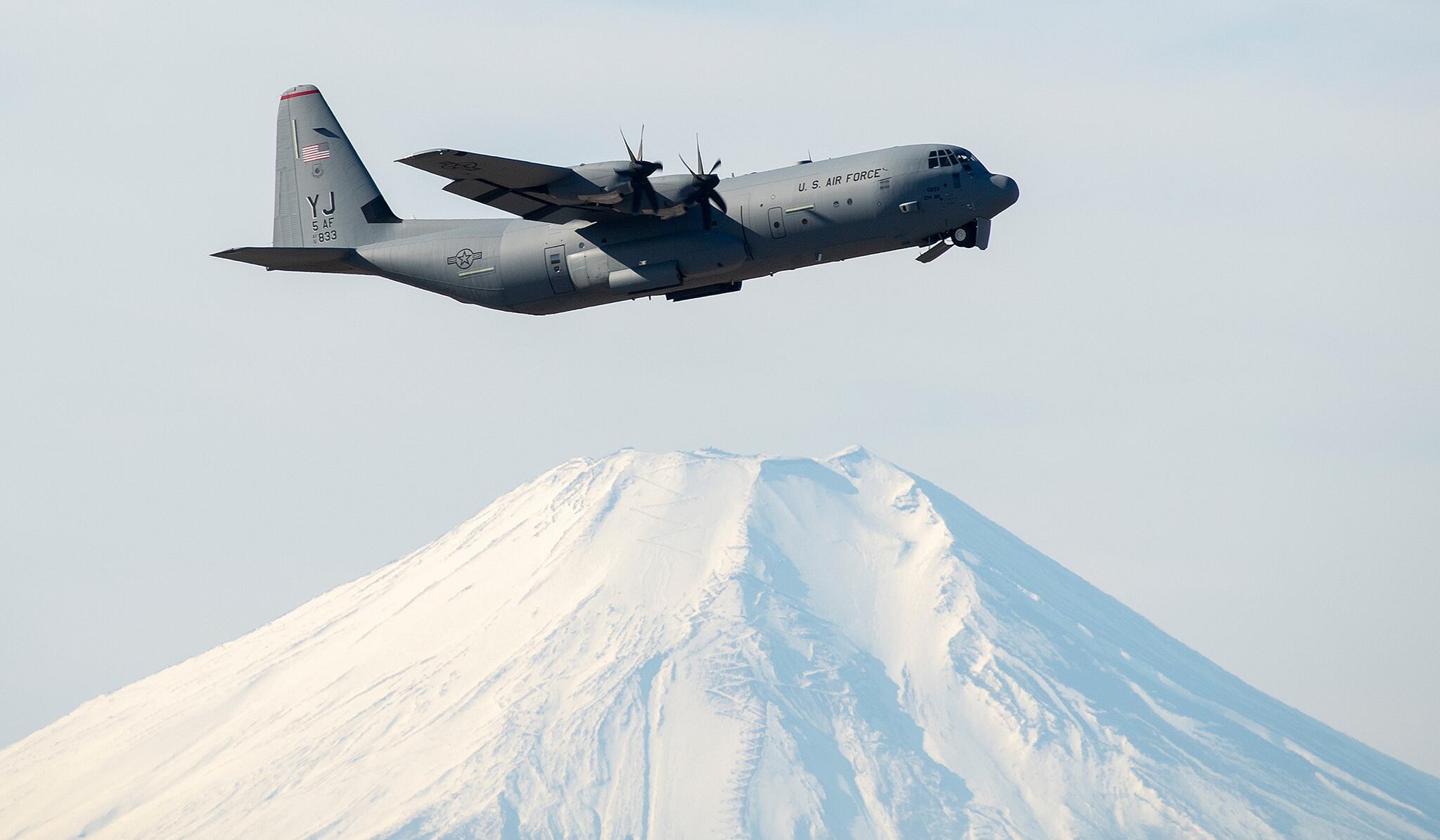
US Air Force pauses flight ops for more than a hundred C-130s over ‘atypical’ cracking
More than a quarter of C-130 Hercules in service at Air Mobility Command will be temporarily grounded.
By Valerie Insinna
RELATED
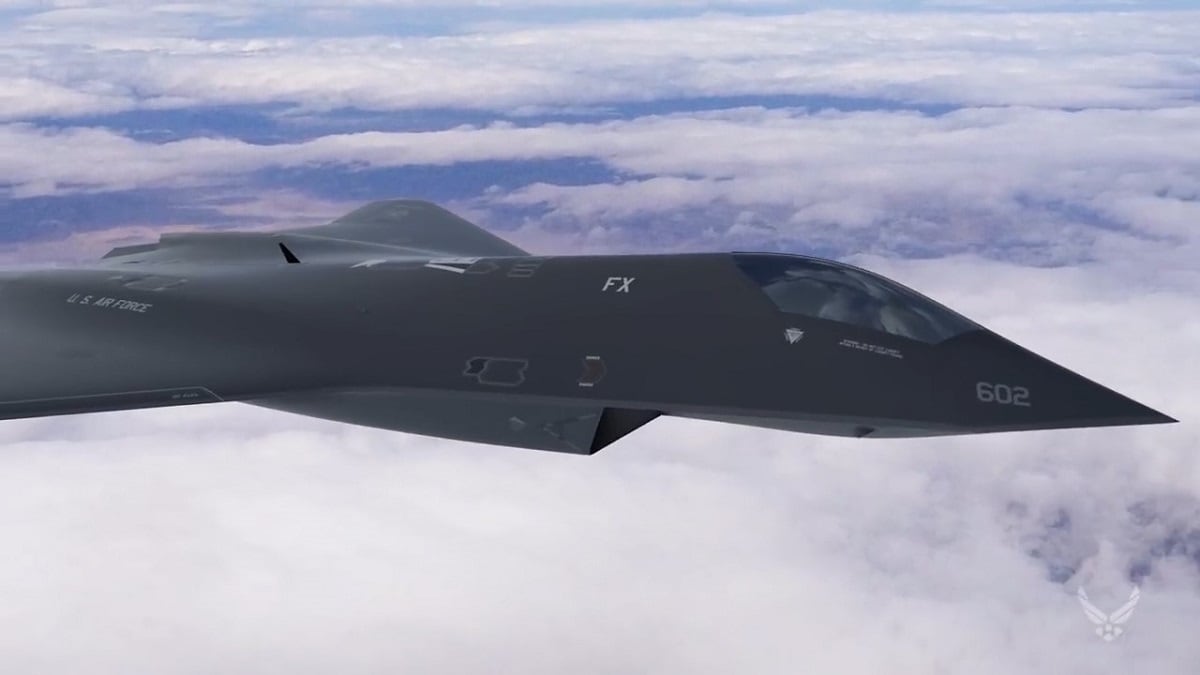
The US Air Force’s radical plan for a future fighter could field a jet in 5 years
The U.S. Air Force is seeking rapid-fire plane production as it tries to surpass the capabilities of near-peer competitors like Russia and China.
By Valerie Insinna
RELATED
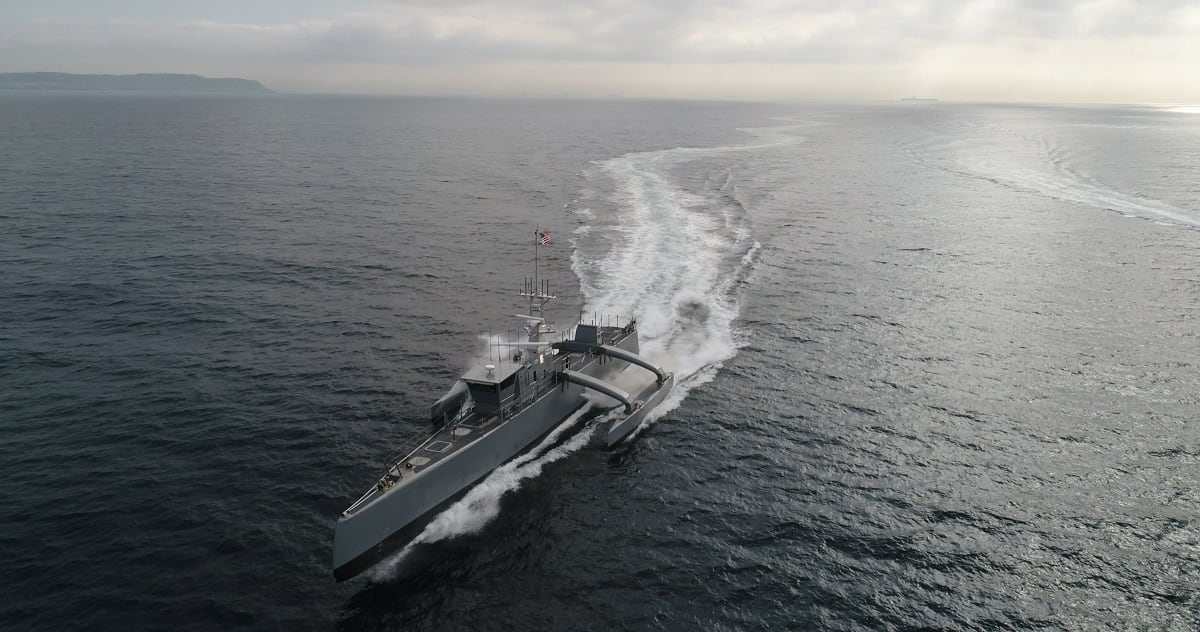
US Navy moves toward unleashing killer robot ships on the world’s oceans
The Navy is planning to take the first few steps into a radical future, which, if it comes to pass, will upend how the fleet has fought since the Cold War.
By David B. Larter
RELATED
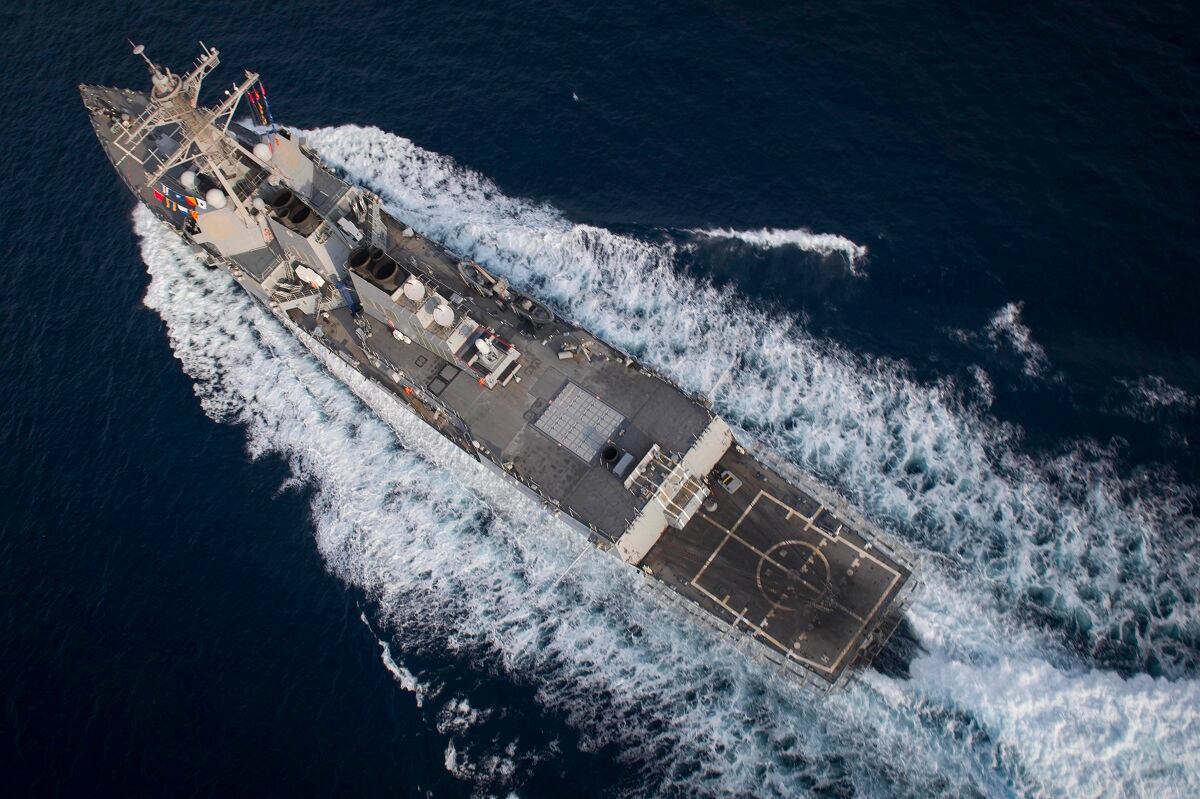
When it comes to missile-killing lasers, the US Navy is ready to burn its ships
A Hawaii-based destroyer will be the first surface combatant to integrate a laser.
By David B. Larter
RELATED
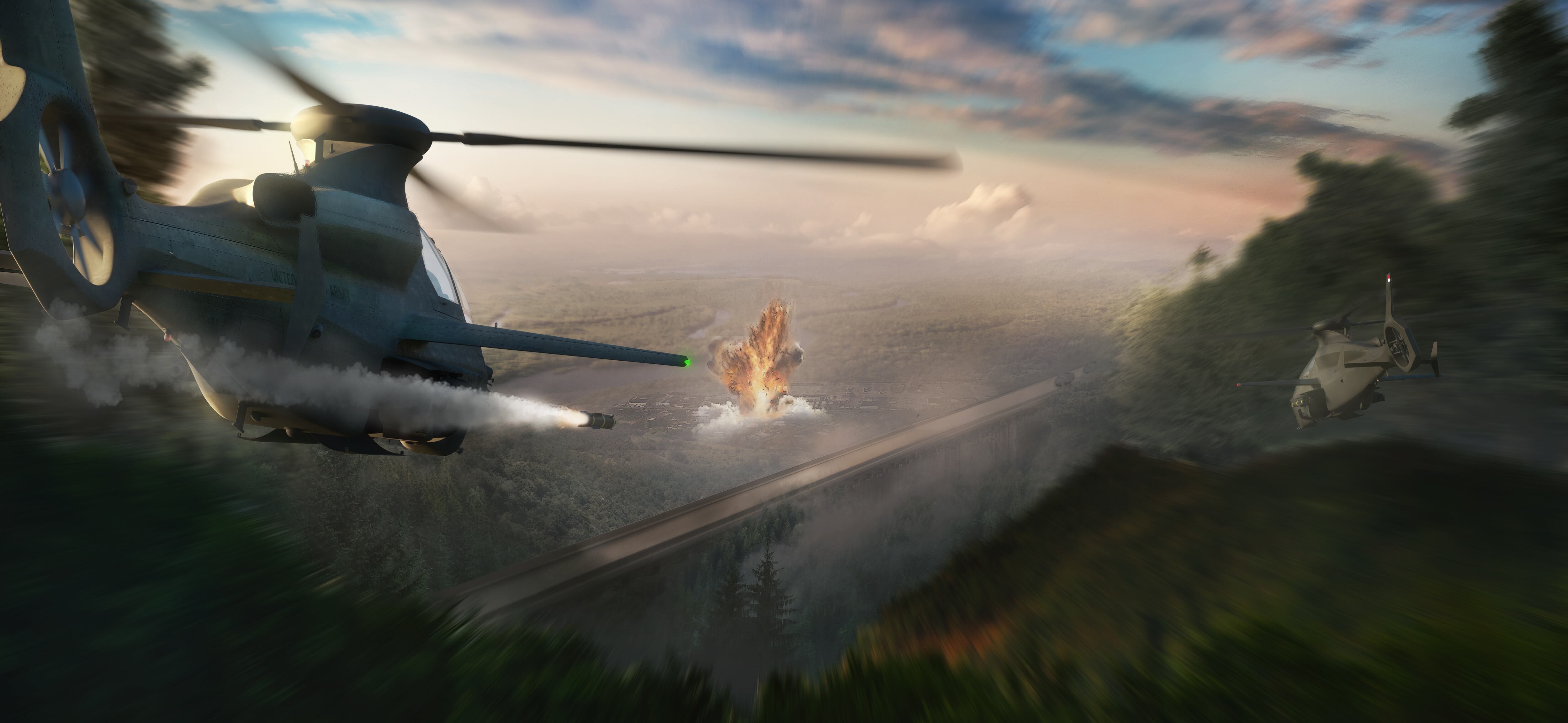
Bell unshrouds Invictus, its answer for the US Army’s future attack recon aircraft
The Bell 360 Invictus is the company's submission for the future attack reconnaissance aircraft, and it's not a tilt rotor.
By Jen Judson
Share:
More In Global

How Trump’s Air Force pick could elevate space priorities
Troy Meink's specialization in space could upend the priorities of a service typically dominated by Air Force interests.

Trump picks intel community official as next Air Force secretary
If confirmed, Troy Meink would inherit key decisions about the Air Force's fighter force and how to right-size the Space Force as it takes on new missions.

Trump’s Pentagon should expand innovation hub, tech panel says
The Defense Innovation Board says DIU needs a bigger budget and more infrastructure to help guide nontraditional firms to scale technology.

Blue Origin’s New Glenn rocket debuts
New Glenn lifted off from Cape Canaveral Space Force Station in Florida just after 2 a.m., carrying a payload for the Pentagon’s Defense Innovation Unit.



